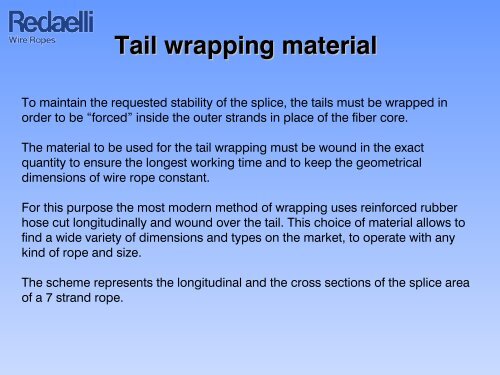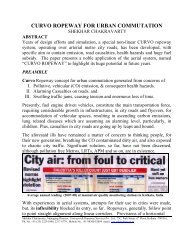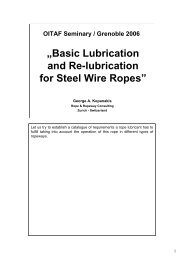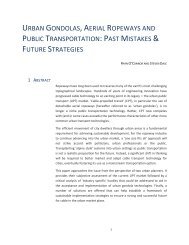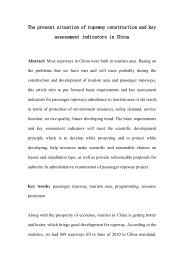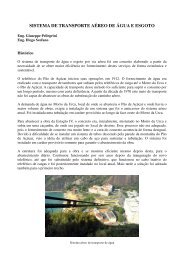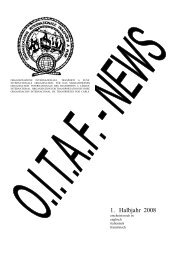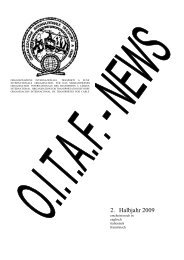7 and 8 strand ropes : applications in ropeways - OITAF
7 and 8 strand ropes : applications in ropeways - OITAF
7 and 8 strand ropes : applications in ropeways - OITAF
Create successful ePaper yourself
Turn your PDF publications into a flip-book with our unique Google optimized e-Paper software.
Tail wrapp<strong>in</strong>g material<br />
To ma<strong>in</strong>ta<strong>in</strong> the requested stability of the splice, the tails must be wrapped <strong>in</strong><br />
order to be “forced” <strong>in</strong>side the outer str<strong>and</strong>s <strong>in</strong> place of the fiber core.<br />
The material to be used for the tail wrapp<strong>in</strong>g must be wound <strong>in</strong> the exact<br />
quantity to ensure the longest work<strong>in</strong>g time <strong>and</strong> to keep the geometrical<br />
dimensions of wire rope constant.<br />
For this purpose the most modern method of wrapp<strong>in</strong>g uses re<strong>in</strong>forced rubber<br />
hose cut longitud<strong>in</strong>ally <strong>and</strong> wound over the tail. This choice of material allows to<br />
f<strong>in</strong>d a wide variety of dimensions <strong>and</strong> types on the market, to operate with any<br />
k<strong>in</strong>d of rope <strong>and</strong> size.<br />
The scheme represents the longitud<strong>in</strong>al <strong>and</strong> the cross sections of the splice area<br />
of a 7 str<strong>and</strong> rope.


